Create, automate,
and manage experiments
in one platform.
Abstract the experiment design and planning process, control lab equipment, and aggregate your data - all in one platform.
Request a Demo Try it out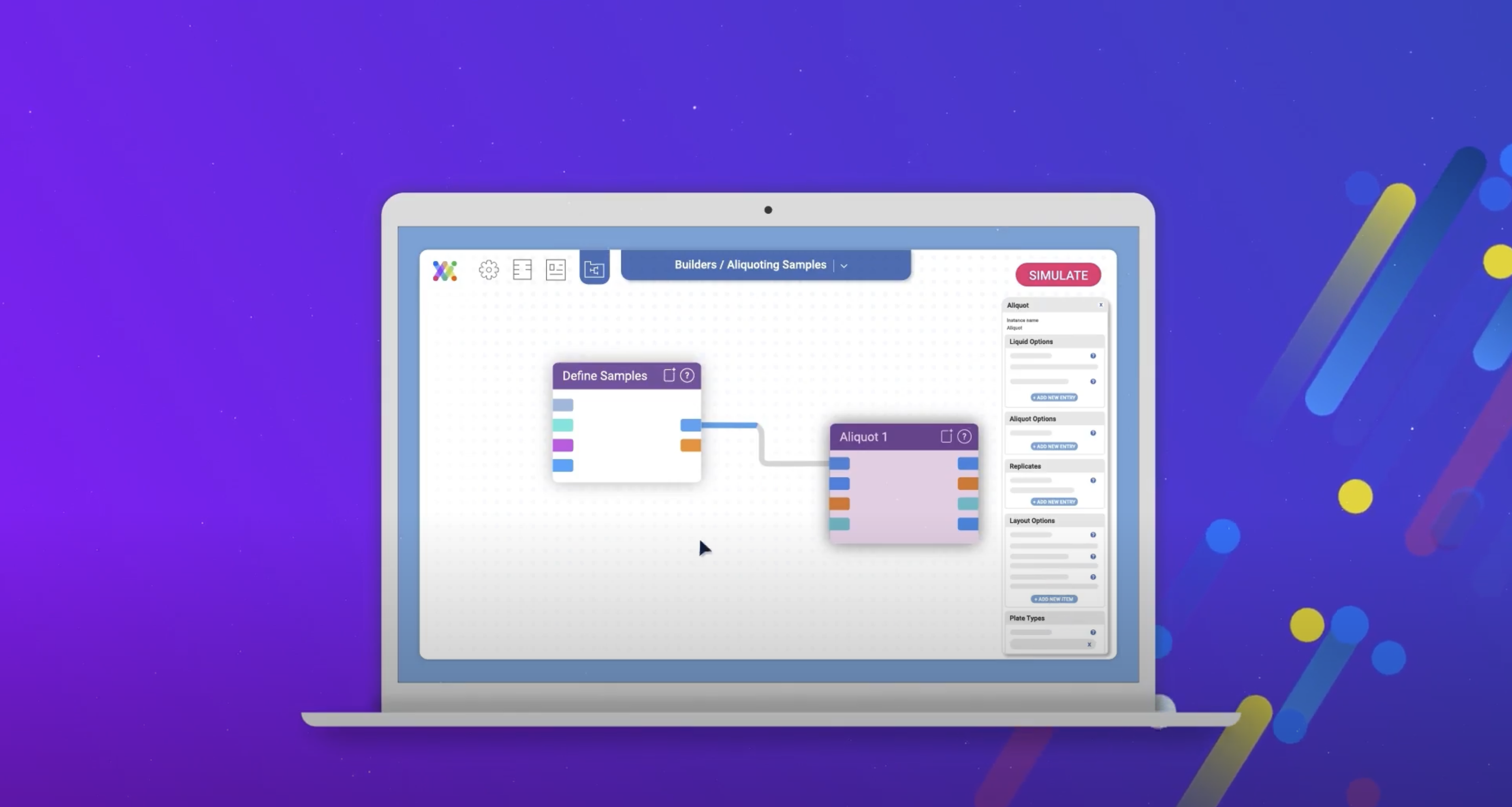
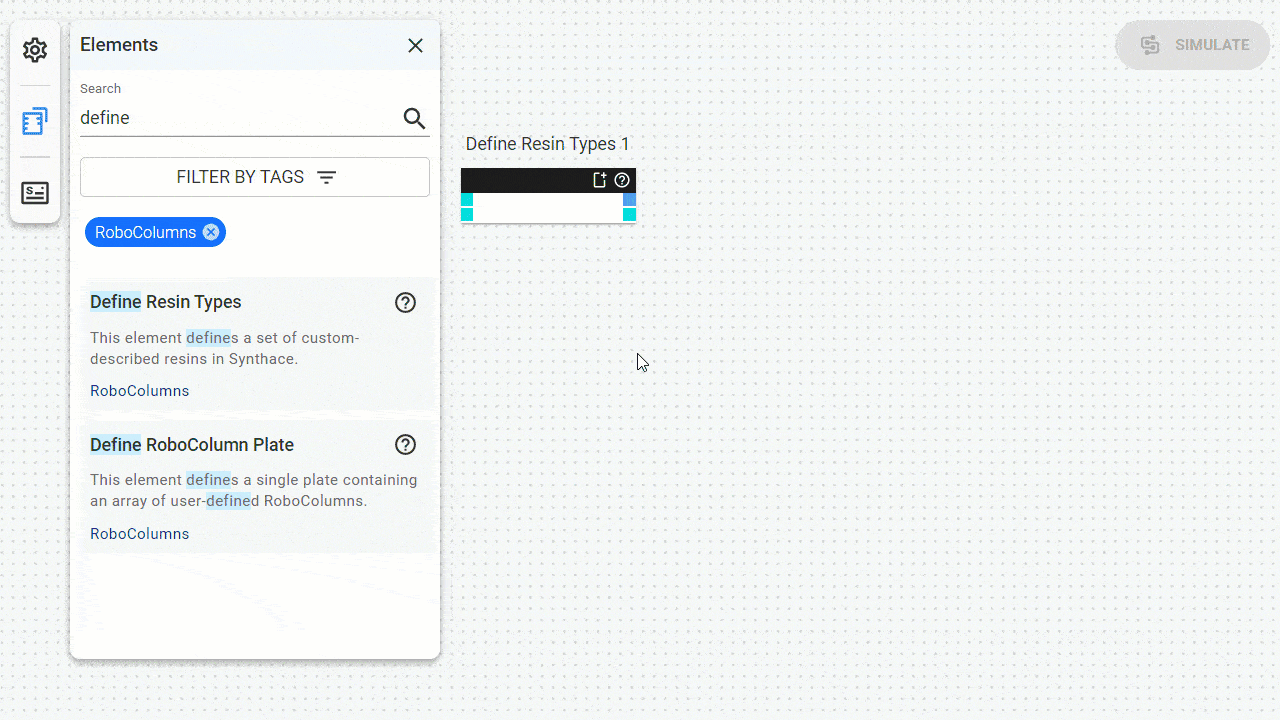
Design experiments
in your browser.
Build your experiment in a code-free drag and drop workflow builder. Connect, configure and adapt your workflow designs until you’re ready to take them into the lab.
.gif)
Produce click-to-run automation instructions.
From reagent volumes to automation instructions, instantly generate everything you need to run your experiment without spreadsheets or programming.
.gif)
Build upon automatically structured experiment data.
Visualize and analyze your results with fully contextualized, automatically structured data, pulled directly from your lab instruments and organized according to your experiment parameters.
Core platform features
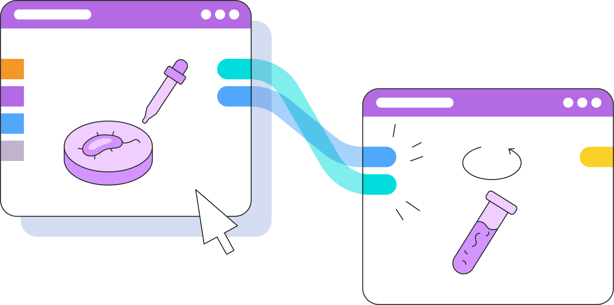
Flexible workflow building
Manage and keep track of your experiments. Automate tedious work and enable more sophisticated experiment designs.
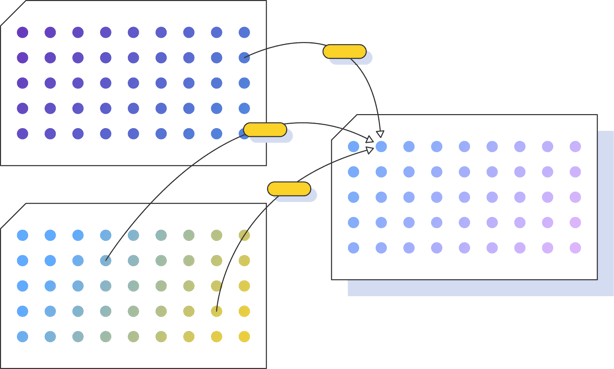
Automatic experiment planning
Instant calculations and experiment preparation. Automatically calculate and produce an overview of everything you need including materials, setup instructions, and automation instructions.
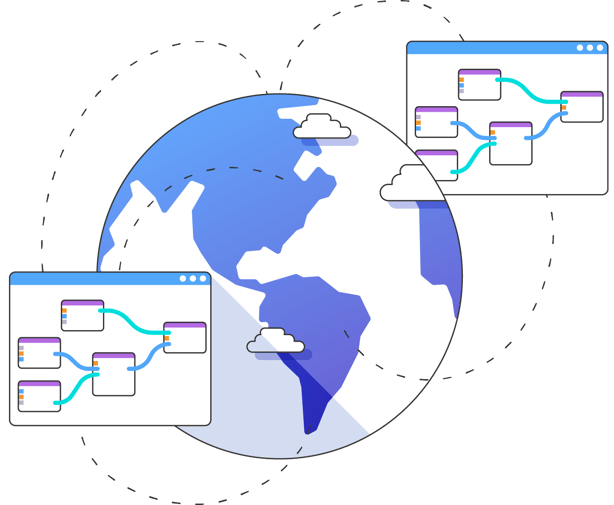
Share work and preserve contextual data
Share methods between devices and sites. What you design for machines in one lab will run the same on machines in another, even if they're from a different OEM.
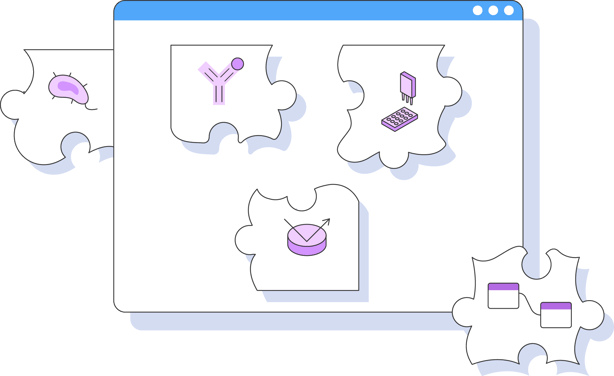
Instantly generate automation instructions for your devices
Instantly generate automation instructions without scripting. Standardize and share a common frame of reference for automation instructions that work on multiple devices with different vendor software.
Use on multiple machines. Run the same workflow on different liquid handlers in different locations without needing to make any changes to your workflow design.

Context-rich experiment data, anytime you need it
Give context to your data. Your data and metadata are aggregated directly and structured in the context of your design so you can reproduce and build on your experiment.
Access it immediately. Your data is formatted and made available in the cloud as soon as your run is done.

Flexible workflow building
Manage and keep track of your experiments. Automate tedious work and enable more sophisticated experiment designs.

Automatic experiment planning
Instant calculations and experiment preparation. Automatically calculate and produce an overview of everything you need including materials, setup instructions, and automation instructions.

Share work and preserve contextual data
Share methods between devices and sites. What you design for machines in one lab will run the same on machines in another, even if they're from a different OEM.

Instantly generate automation instructions for your devices
Instantly generate automation instructions without scripting. Standardize and share a common frame of reference for automation instructions that work on multiple devices with different vendor software.
Use on multiple machines. Run the same workflow on different liquid handlers in different locations without needing to make any changes to your workflow design.

Context-rich experiment data, anytime you need it
Give context to your data. Your data and metadata are aggregated directly and structured in the context of your design so you can reproduce and build on your experiment.
Access it immediately. Your data is formatted and made available in the cloud as soon as your run is done.







